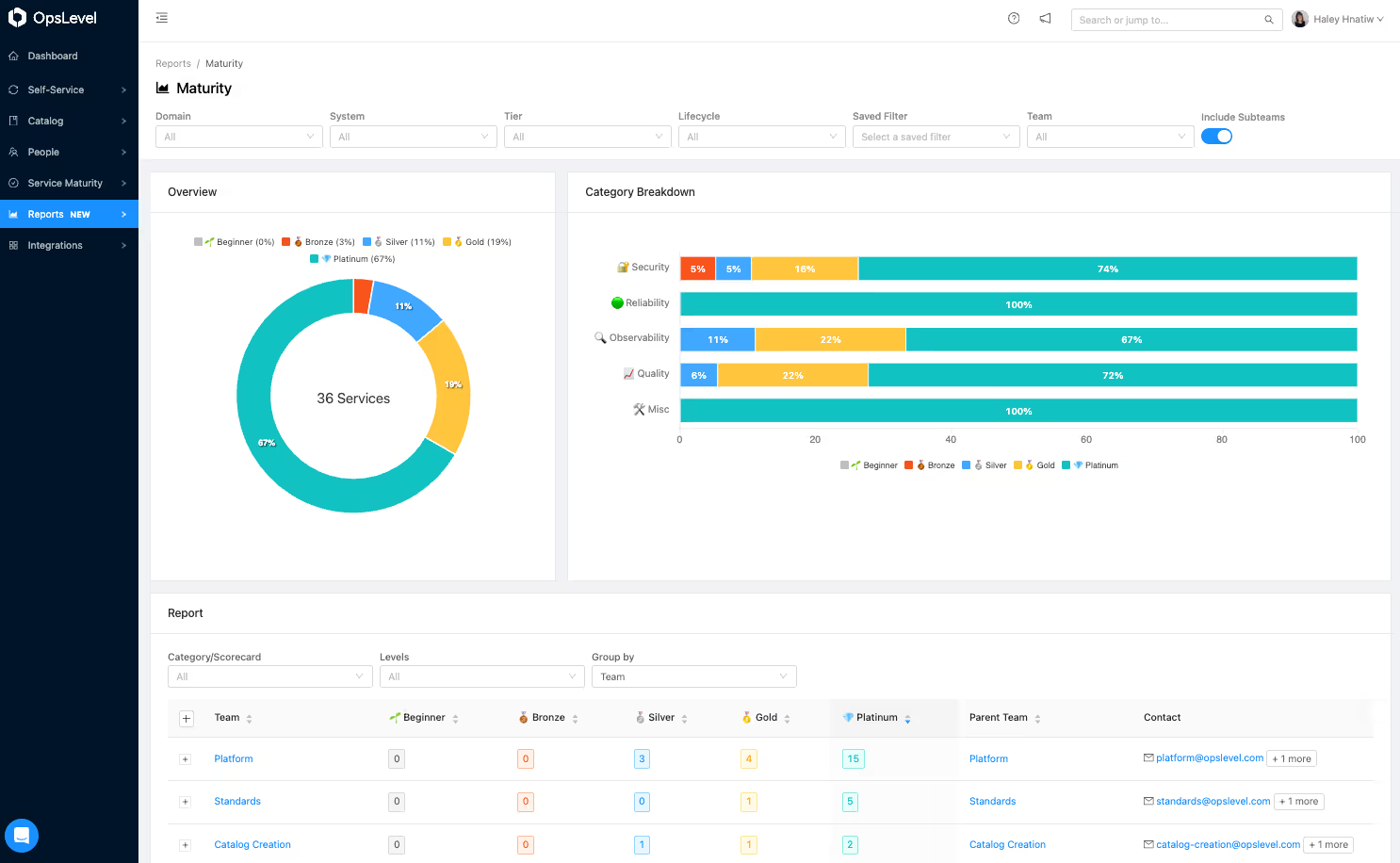
schedule your demo
See how OpsLevel helps teams ship 30% faster
In a live demo, you'll see how OpsLevel:
- Builds complete software visibility in minutes with AI
- Automatically checks that software meets your standards
- Empowers developers with self-service actions

%201.avif)



.avif)







%201.avif)



.avif)




















